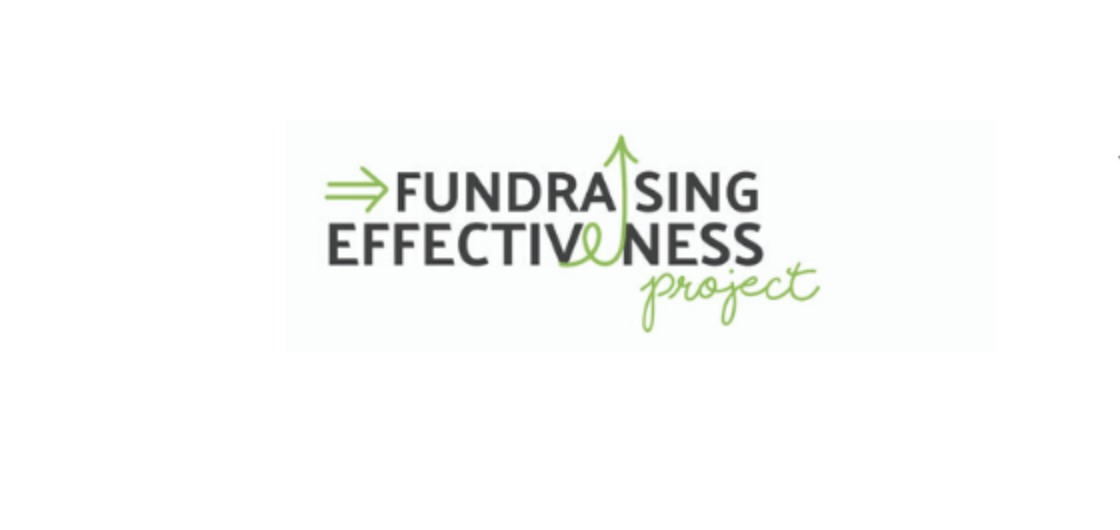The pool of donors in the United States shrunk during the first quarter of 2022 (Jan. 1 through March 31) compared to 2021, even though revenue inched up by a comparative 2.2%. The number of donors decreased by 5.6%, and the donor retention rate, the percentage of donors who gave in 2021 and then gave again in 2022, decreased 6.2% year-over-year.
According to data from the Fundraising Effectiveness Project (FEP) released today, the information is limited to organizations with three or more years of data, with limited growth/loss constraints. The data is weighted across size and The National Taxonomy of Exempt Entities (NTEE) code for organizations raising between $5,000 and $25 million. The data includes giving details from 9,618 nonprofits based in the U.S.
Most of the loss in donor count was from smaller-sized donors. Micro and small-sized donors are the largest pool of donors and also show the largest drop. The FEP data showed that only 1.7% of donors contribute more than $5,000. The only group of donors that kept pace with 2021 are the major-sized donors.
“In some ways, we shouldn’t be surprised at the data,” said Mike Geiger, president and CEO of the Association of Fundraising Professionals (AFP). “Charitable giving overall has been extremely strong in recent years — the FEP calculated a growth rate in giving of 11% from 2019 to 2021 with the number of donors basically remaining flat. That high level of growth in giving was unlikely to continue, and so these numbers reflect the retrenchment in donor participation.”
What is concerning, he said, is the impact of inflation, as the FEP numbers are in actual dollars. So, when inflation is accounted for, the 2.2% growth rate in charitable giving is less impactful for organizations.
FEP analysts pointed out that first quarter numbers are not always indicative of how the entire year will be in terms of charitable giving levels and participation. Data from the first quarter of 2022 about the types of charities receiving monetary gifts also points to a return to “normalization” and reversal away from COVID giving trends experienced during the past two years. COVID strongly influenced fundraising behaviors, and cause-based analysis shows that the pandemic’s influence has begun to reverse.
“The focus areas needed now are evergreen, yet nonetheless critical: donor acquisition, donor retention, and broadening donor bases,” said Woodrow Rosenbaum, chief data officer at GivingTuesday. “Know all of your donors, share compelling stories about the impact of their donations, and clearly demonstrate the impact on the community. Charities can continue to be resilient in 2022, but they need to recession-proof themselves through strategic fundraising efforts,” said Rosenbaum.
“While people give at all times, a majority of donations come in the last quarter of the year,” said Jon Biedermann, chair of the FEP and president and CEO of The Biedermann Group. “But that does not mean we shouldn’t be concerned about what the data is showing or shouldn’t prepare for significant challenges, some of which organizations are already grappling with like inflation and weakening consumer confidence.”
The FEP and the Growth in Giving database are both administered by the AFP Foundation for Philanthropy and The GivingTuesday Data Commons. The Growth in Giving database has more than 204 million donation transactions, and is continuously updated by fundraising software thought leaders (in alphabetical order) Bloomerang, DonorPerfect, Keela, and NeonCRM. Additional partners include the 7th Day Adventists, The Biedermann Group, DataLake Nonprofit Research, and Bonterra.
For more information visit www.afpfep.org










